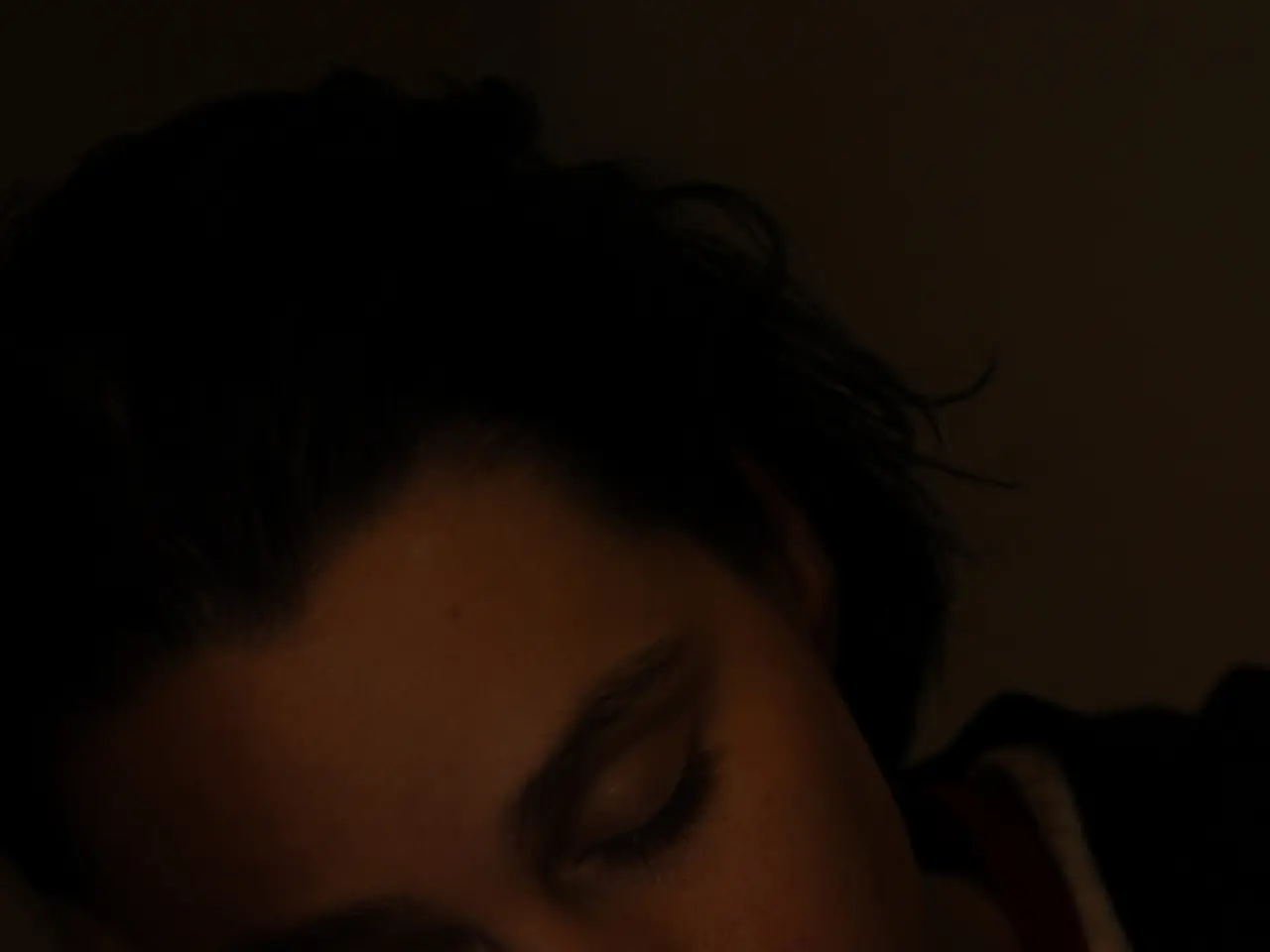Unraveling Narcolepsy: Evaluations Through Sleep Examinations
Diagnosing Narcolepsy: A Comprehensive Approach
Narcolepsy, a chronic neurological disorder that disrupts sleep-wake cycles, can be a challenging condition to diagnose. However, doctors have developed a systematic approach to accurately identify this disorder.
Anyone experiencing symptoms such as excessive daytime sleepiness, uncontrollable urges to sleep, hypnagogic hallucinations, sleep paralysis, cataplexy, and sleep attacks should consult a doctor as soon as possible.
A doctor will start by taking a detailed medical history and conducting a physical examination. They may also ask the person to keep a sleep diary for 1-2 weeks and stabilize their sleep schedule a week before the sleep tests.
To help diagnose narcolepsy, doctors interpret two tests: the polysomnography (PSG) and the multiple sleep latency test (MSLT).
Polysomnography (PSG) is an overnight test that measures and records brain activity, eye movements, muscle tone, and breathing while a person sleeps. It helps document sleep architecture and rules out other causes like sleep apnea. In some cases, PSG can take place at home.
The following morning, the MSLT measures how quickly a person falls asleep during five scheduled nap opportunities and whether they enter REM sleep unusually early, known as sleep-onset REM periods (SOREMPs).
For narcolepsy diagnosis, an average sleep latency of less than 8 minutes on MSLT naps is critical for both types of narcolepsy. The presence of 2 or more SOREMPs during the MSLT naps supports narcolepsy diagnosis.
Narcolepsy type 1 (NT1) involves cataplexy and is associated with low levels of a chemical messenger in the brain called hypocretin-1 or orexin-A. NT1 diagnosis is further supported by clinical features such as cataplexy and often low hypocretin-1 levels (tested separately), while NT2 lacks cataplexy.
PSG may show disrupted nocturnal sleep or signs of other sleep disorders but mainly serves to exclude these and provide baseline sleep data for the MSLT.
A sleep specialist integrates PSG and MSLT results with clinical symptoms to distinguish narcolepsy types and guide treatment. They aim to rule out other neurological conditions that may be causing the person's symptoms, such as idiopathic hypersomnia, sleep apnea, psychiatric disorders, brain conditions, Kleine-Levin syndrome, and substance use.
Medications such as antidepressants, stimulants, and opioids may be asked to be stopped before the sleep tests. A 2018 meta-analysis found that a certain protein increases a person's risk of narcolepsy type 1 and, to a lesser degree, type 2.
It is vital that a person with these symptoms does not drive, operate heavy machinery, or take part in other potentially dangerous activities. Tools like the Epworth sleepiness scale and the pediatric daytime sleepiness scale are used to assess daytime sleepiness.
In summary, the combined approach of PSG followed by MSLT with focus on sleep latency and SOREMPs allows clinicians to differentiate narcolepsy types and exclude other conditions.
| Parameter | Narcolepsy Type 1 (NT1) | Narcolepsy Type 2 (NT2) | |---------------------------------|------------------------------------|------------------------------------| | Average Sleep Latency (MSLT) | < 8 minutes | < 8 minutes | | Number of SOREMPs (MSLT) | ≥ 2 | ≥ 2 | | Cataplexy | Present | Absent | | PSG Role | Rules out other disorders, shows sleep disruption | Same role |
- The difficulty in diagnosing narcolepsy, a chronic neurological disorder, can be alleviated by a comprehensive approach that includes the interpretation of two tests: polysomnography (PSG) and multiple sleep latency test (MSLT).
- Sleeping patterns and medical conditions are crucial factors in diagnosing narcolepsy. A sleep diary, physical examination, and sleep tests like PSG and MSLT are often used to identify symptoms such as excessive daytime sleepiness, sleep paralysis, cataplexy, and sleep-onset REM periods (SOREMPs).
- In addition to symptoms and sleep tests, health and wellness professionals also consider neurological conditions, such as idiopathic hypersomnia, sleep apnea, psychiatric disorders, brain conditions, Kleine-Levin syndrome, and substance use, to ensure an accurate narcolepsy diagnosis.




